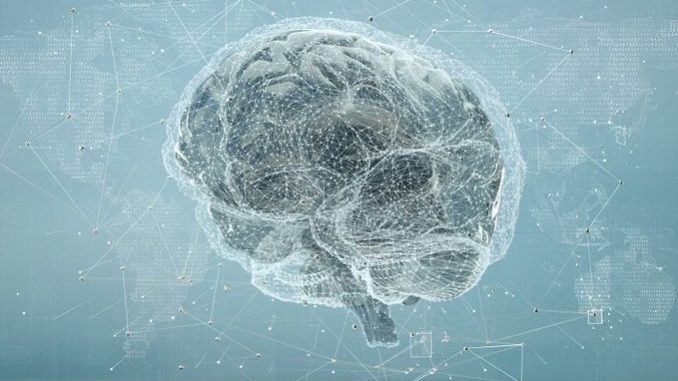
An artificial intelligence can decode words and sentences from brain activity with surprising — but still limited — accuracy. Using only a few seconds of brain activity data, the AI guesses what a person has heard. It lists the correct answer in its top 10 possibilities up to 73 percent of the time, researchers found in a preliminary study.
The AI’s “performance was above what many people thought was possible at this stage,” says Giovanni Di Liberto, a computer scientist at Trinity College Dublin who was not involved in the research.
Developed at the parent company of Facebook, Meta, the AI could eventually be used to help thousands of people around the world unable to communicate through speech, typing or gestures, researchers report August 25 at arXiv.org. That includes many patients in minimally conscious, locked-in or “vegetative states” — what’s now generally known as unresponsive wakefulness syndrome (SN: 2/8/19).
Most existing technologies to help such patients communicate require risky brain surgeries to implant electrodes. This new approach “could provide a viable path to help patients with communication deficits … without the use of invasive methods,” says neuroscientist Jean-Rémi King, a Meta AI researcher currently at the École Normale Supérieure in Paris.
King and his colleagues trained a computational tool to detect words and sentences on 56,000 hours of speech recordings from 53 languages. The tool, also known as a language model, learned how to recognize specific features of language both at a fine-grained level — think letters or syllables — and at a broader level, such as a word or sentence.
The team applied an AI with this language model to databases from four institutions that included brain activity from 169 volunteers. In these databases, participants listened to various stories and sentences from, for example, Ernest Hemingway’s The Old Man and the Sea and Lewis Carroll’s Alice’s Adventures in Wonderland while the people’s brains were scanned using either magnetoencephalography or electroencephalography. Those techniques measure the magnetic or electrical component of brain signals.
